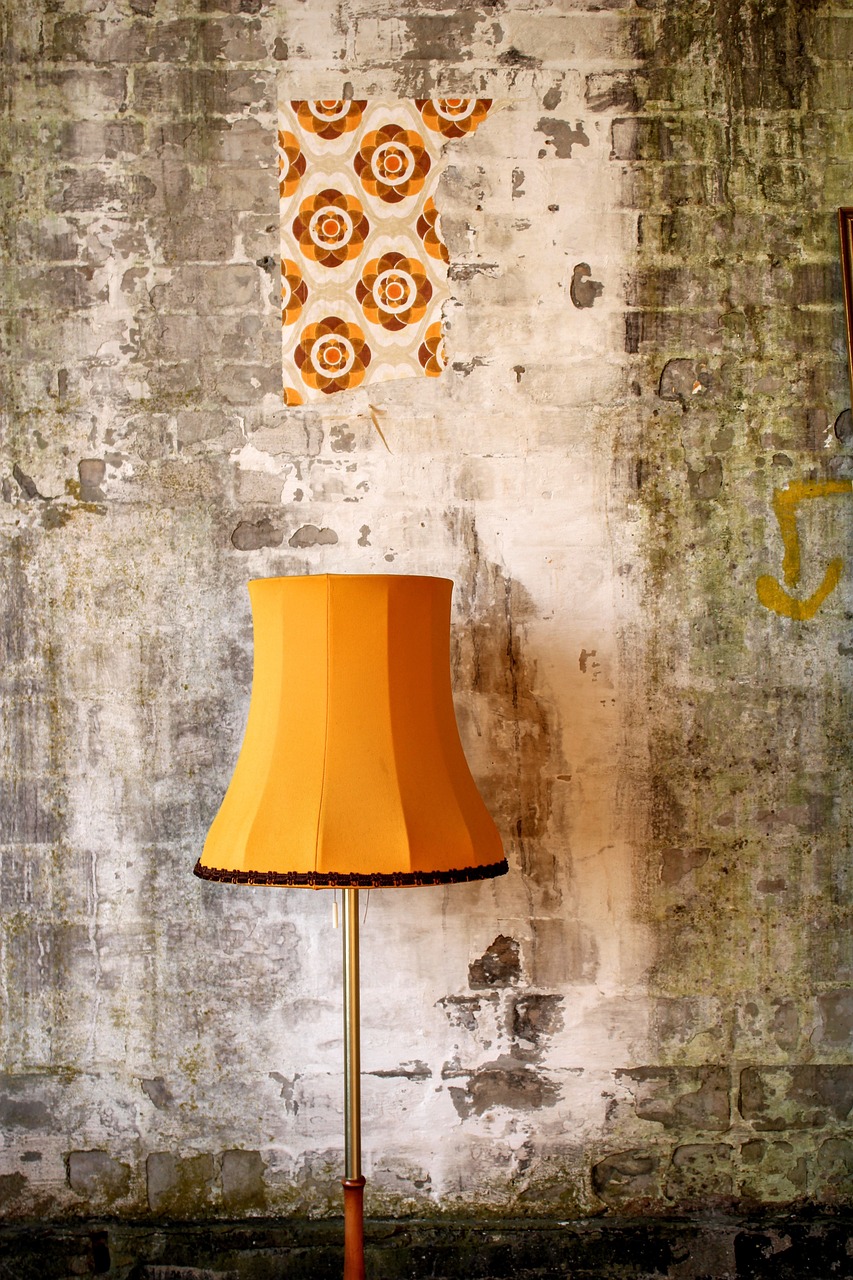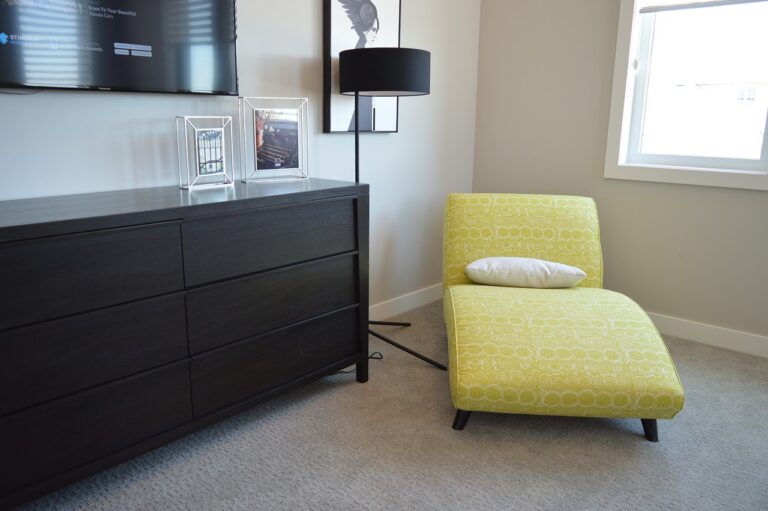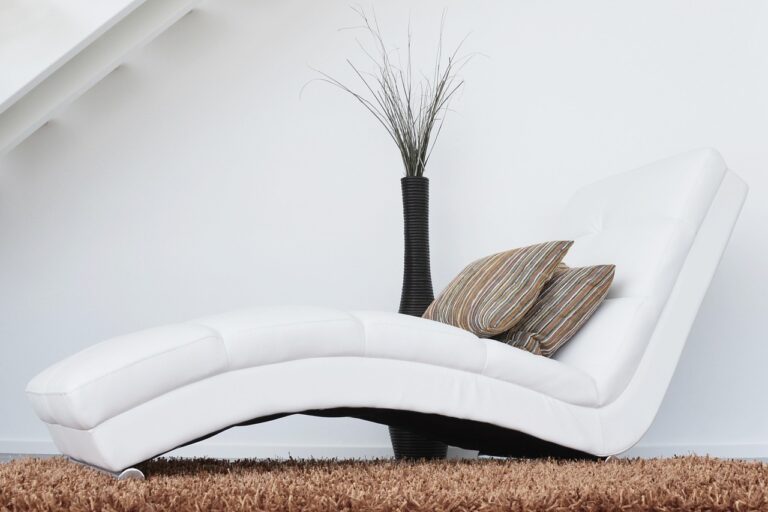The Art of Refurbishing Antique Furniture in Home Improvement
Once you decide to embark on the journey of refurbishing antique furniture pieces, the first step is to properly identify the items you come across. Start by examining the overall construction and materials used in the piece. Different periods in history and regions have unique styles and techniques that can help in determining the potential age and origin of the furniture.
Next, look for any telltale signs of wear and tear that can give you clues about the history and authenticity of the piece. Assess the type of wood, the quality of craftsmanship, and any distinctive markings or labels that might be present. By honing your skills in recognizing these key details, you will not only be better equipped to identify antique furniture but also to appreciate the craftsmanship and history behind each piece you encounter.
Selecting the Right Tools and Materials for Antique Furniture Restoration
When it comes to antique furniture restoration, selecting the right tools and materials is crucial for a successful outcome. One of the essential tools you will need is a set of screwdrivers in various sizes to disassemble and reassemble different parts of the furniture. Having a good quality wood glue is also important for repairing any loose joints or pieces that may have come apart over time.
In addition to tools, you’ll need to choose the right materials for refinishing the furniture. Sandpaper in different grits is essential for smoothing out any rough surfaces or removing old finishes. Stain and finish options are also important to consider, depending on the desired look you want to achieve. Be sure to research and select products that are appropriate for the type of wood and finish on your antique furniture piece.
Understanding Different Types of Antique Furniture Finishes
Antique furniture finishes come in a variety of types, each with its own unique characteristics and charm. One common finish is shellac, which is a classic choice known for its warm tone and ability to bring out the wood’s natural beauty. Another popular option is varnish, a durable finish that provides a glossy sheen and excellent protection against scratches and moisture.
For those looking for a more rustic look, wax finishes are a great choice. Wax creates a matte appearance and enhances the wood’s texture, making it ideal for antique pieces with a vintage aesthetic. Lacquer finishes, on the other hand, offer a sleek and high-gloss appearance, perfect for furniture pieces that require a modern touch. Each type of finish brings its own character to antique furniture, so it’s important to consider the desired look and level of protection when choosing the right finish for restoration projects.
How can I tell if a piece of furniture is actually an antique?
Look for signs like dovetail joints, hand carving, and patina. You can also check for labels or markings on the piece.
What tools do I need for restoring antique furniture?
You may need items like sandpaper, wood glue, stain, paint, brushes, and a sander. It’s important to have the right tools for the job.
What is the difference between shellac, wax, and varnish finishes on antique furniture?
Shellac is a natural resin that gives a warm, amber color. Wax provides a soft sheen and can be easily applied. Varnish is a hard, durable finish that offers good protection.
How can I remove old finishes from antique furniture?
You can use chemical strippers, sandpaper, or a heat gun to remove old finishes. Be sure to follow safety precautions and test in a small area first.
Should I refinish my antique furniture or leave it as is?
It ultimately depends on your preference and the condition of the piece. Some collectors prefer the original finish, while others may want to restore it to its former glory.







